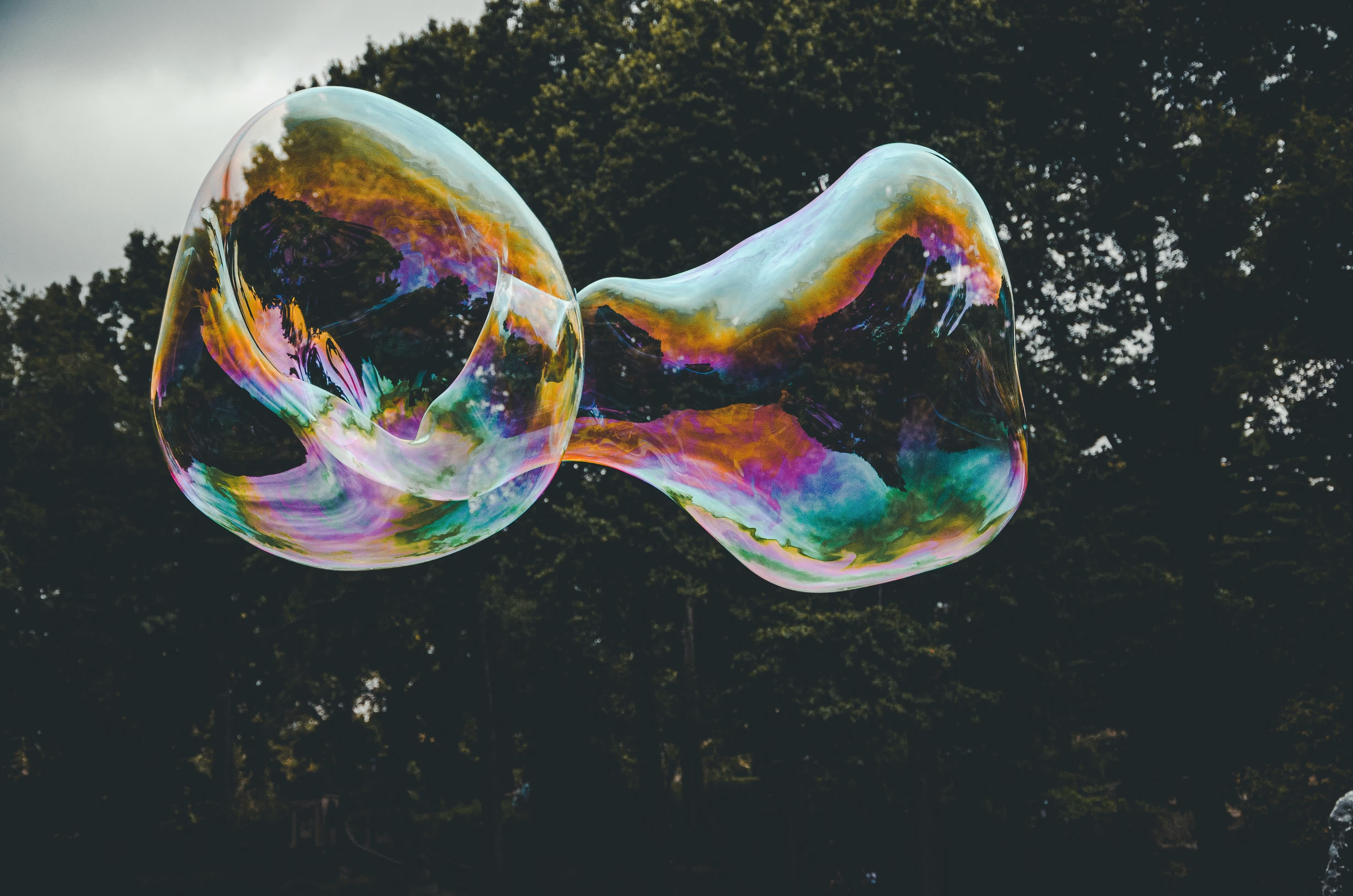Many patients describe the logistics of care as one of the biggest barriers to getting help, alongside insurance coverage and cost management. One reason people choose ketamine treatment — including esketamine (Spravato) — is the short, contained arc that is federally legal: most of the intense experience unfolds over about an hour, with another 30–60 minutes of re-orientation. For many exploring ketamine therapy for depression, that timeframe feels doable — and repeatable.
Below is a plain-language guide to timing, “windows,” and how Lumin Health plans ketamine dosing and maintenance.
Ketamine’s clinical arc, at a glance
Within individual ketamine sessions, patients often move through three phases:
- Lift-off (minutes): Settling in, eye mask on, music started, vitals monitored.
- Peak (≈40–70 minutes): The mind turns inward; perception and thought patterns may shift. Clinicians stay close and calm.
- Re-orientation (30–60 minutes): People return to baseline; we hydrate, debrief briefly, and review the aftercare plan.
Because the peak is measured in minutes — not half a day as is common with some psychedelic compounds currently in clinical trial investigations — ketamine treatment can be scheduled around real life. That practicality supports consistent attendance, which is key for benefit.
Typical timelines for ketamine treatment: acute, early, late, and when to re-evaluate
Every person is different, but in clinical practice at Lumin Health it’s common to see:
- Acute effects (hours–days): Some patients feel lighter, less locked into depressive thought loops, or simply more able to try small steps. Others feel tired or neutral the first day and can notice change later.
- Early response (first 1–3 weeks of a series): Mood and drive may begin to shift; sleep, rumination, or anxiety can show early movement towards a patient’s goals.
- Late response (by the end of an induction series): For some, gains arrive more gradually and consolidate near the end of the initial protocol.
- When to re-evaluate (non-response): If we’re not seeing meaningful change, we review dose, route, timing with existing care interventions, medical factors, and whether a different path (including Spravato) might fit better.
Relief is never guaranteed. What Lumin Health can guarantee is careful monitoring, honest check-ins, and adjustments that respect your goals.
The neuroplasticity window in ketamine — how shorter sessions add up
A shorter session doesn’t provide a smaller impact. Ketamine can open a neuroplasticity window — a temporary period when new learning and healthier patterns may land more readily. Lumin Health helps you plan small, manageable steps in that window: scheduling an appointment, a gentle exposure to more outdoor activity, or a single habit that supports your values.
When the arc is ~1–2 hours, you can repeat this learn-apply rhythm consistently. Many patients describe stacking small gains into meaningful change.
Planning the ketamine dosing series — and what maintenance plans looks like
Your plan is individualized, but there are common patterns:
- Induction: A concentrated run of sessions (for example, twice weekly with FDA-approved Spravato) helps momentum. The shorter arc makes it easier to protect time and recover the same day.
- Consolidation: As benefit emerges, Lumin Health may taper frequency while reinforcing what’s working during the neuroplasticity window.
- Maintenance: Some patients schedule “booster” visits at longer intervals. Others pause and return if symptoms creep back. We decide together — based on outcomes, side effects, your schedule, cost, and your goals.
For patients using esketamine (Spravato), sessions happen in a REMS-certified Spravato clinic (REMs is an oversight entity that ensures that a site offering esketamine has properly trained staff) with the same attention to set, setting, and safety; the contained time course similarly supports adherence.
How we prepare you for a short, potent ketamine administration session
A predictable arc invites intentional prep:
- Clarity: We set a simple intention (“I want more room between thought and reaction”).
- Comfort: Quiet room, eye mask, curated playlist, warm blanket.
- Coordination: When possible, we align post-dose psychotherapy with your window.
- Aftercare: Hydration, light food, and a short list of “doable this week” actions.
FAQs
How many ketamine therapy sessions are recommended until I know if it helps?
Many patients and clinicians look for directional change within the first few sessions of an induction series, while recognizing that some respond later. We’ll track your sleep, energy, mood, and function — not just a single number — and decide together whether to adjust dose or route, continue, or change course. Honest, early dialogue is a crucial part of safe ketamine therapy for depression. That being said, there is no concrete number of ketamine sessions to count until we know if it helps or not; we will walk that path thoroughly together.
How long can relief through ketamine treatment last?
Relief via ketamine treatment varies. Some patients experience sustained relief that holds with periodic boosters; others benefit most while sessions are ongoing and gradually taper. We plan maintenance based on your response, life context, and side-effect profile. If benefit fades, we revisit timing, psychotherapy alignment, medical factors, or discuss alternatives like Spravato.
Ketamine therapy for depression: A realistic path that fits into your life
This doesn’t cure depression — but it may create conditions for relief. A ~1–2 hour clinical arc at Lumin Health lets us right-size intensity, honor responsibilities, and repeat learning inside the window where your brain feels most flexible. If you’re considering ketamine therapy for depression, we’ll help you build a plan that respects your time and your agency — and adjusts as your needs change.







